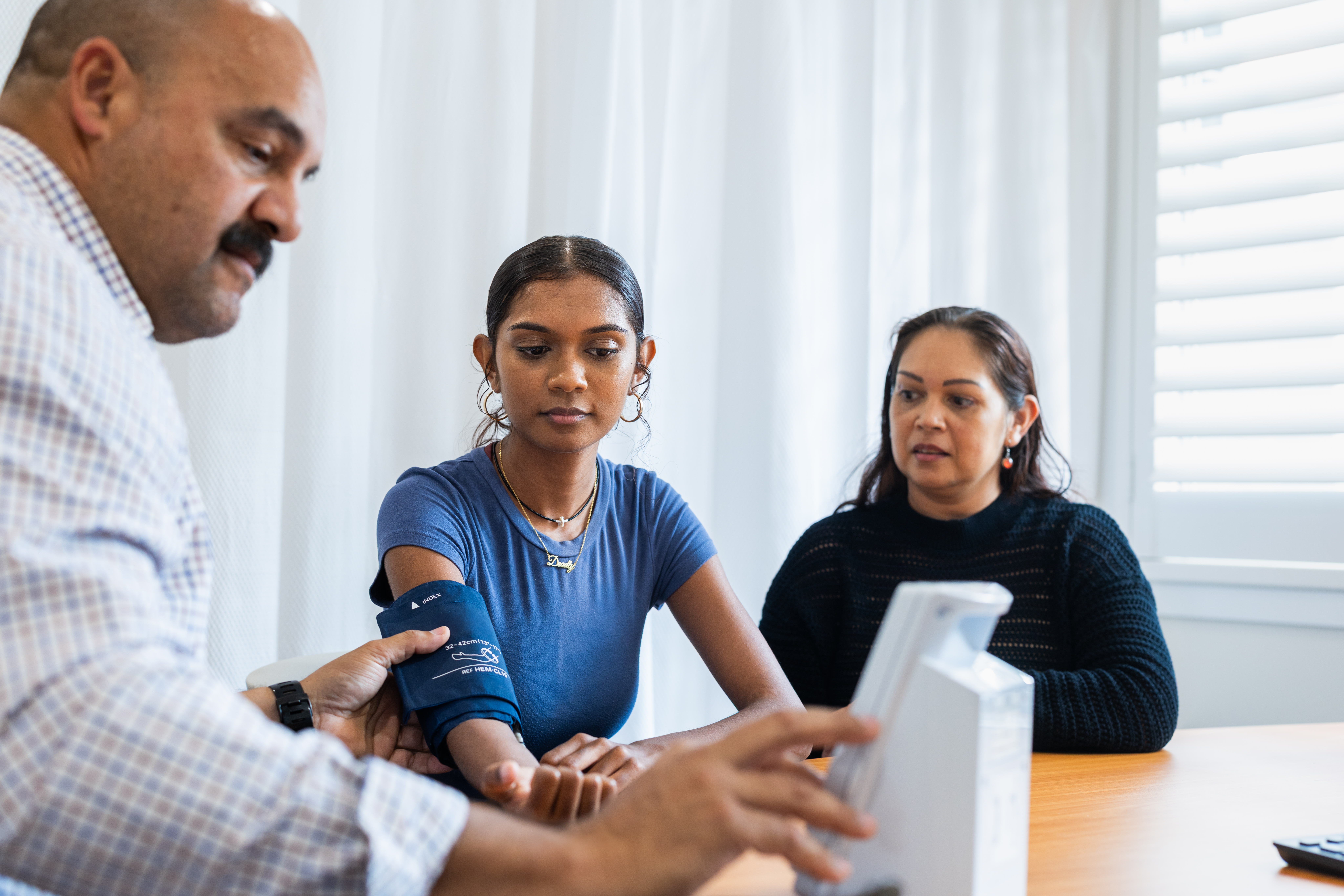Media release
From:
Cultural connection and positive healthcare experiences are of high value to young Aboriginal and Torres Strait Islander Australians when deciding to access healthcare.
A UQ-led study examined factors supporting or hindering young Aboriginal and Torres Strait Islander people from accessing primary healthcare services, finding many participants preferred Aboriginal providers where they can ‘be themselves.’
Senior research fellow Stephen Harfield, from UQ’s Poche Centre for Indigenous Health and a Narungga and Ngarrindjeri man from South Australia, said a cultural connection is important.
“This is especially the case during adolescence and early adulthood when there is significant physical, emotional and social development,’’ Mr Harfield said.
“Young people need to be able to access primary healthcare services and have choice.
“Whether that’s going to an Aboriginal community-controlled or mainstream general practice, seeing a male or female doctor, someone younger or older, having choice is important in ensuring young people feel comfortable and culturally safe, and can have that regular engagement.
“We need to be mindful of that because most health services are designed for the people who use it most, which isn’t necessarily young people.
“Primary healthcare services need to be more youth friendly.”
The National Aboriginal Community Controlled Health Organisation oversees 148 Aboriginal community-controlled health services across Australia.
Mr Harfield led the study involving 35 Aboriginal and Torres Strait Islander people aged 15-24 from urban southeast Queensland.
Young people shared their experiences through research yarning – an Indigenous qualitative research method where participants share stories and information related to the research topic.
“A lot of research has taken place with young people living in rural and remote areas, so this is one of the first to look at having yarns with Aboriginal and Torres Strait Islander young people in an urban setting,” Mr Harfield said.
Participants shared their experiences about how they engage with providers and healthcare services, including the influence of friends and family, accessibility, cultural safety, and health literacy – having the knowledge to make informed decisions.
Some participants described their experience of using an Aboriginal community-controlled health service as having a ‘different feeling.’
“Mob wants to see mob…when you’re around your own people, it’s just a different sort of connection and feeling and you just feel safer and welcomed,” one participant aged 18 shared.
Another said: “They look at you as a person, whereas if you go to a different health place, you’re just another number.’’
Mr Harfield said the study supports the need to invest in youth-friendly services, especially those for Aboriginal and Torres Strait Islander people.
“Primary healthcare services need to be accessible, equitable, holistic, and culturally safe, and have a strong focus on health promotion and prevention, as well as eliminate the costs with accessing services.’’
The research is published in the Australian and New Zealand Journal of Public Health.



 Australia
Australia


